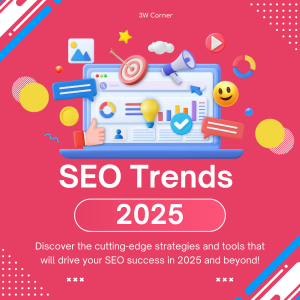It has been said before that nowadays, user experience dictates what goes into the web design. User experience is how your web visitor interacts with your website.
Of course, no two web visitors are alike. But the understanding of the business and the target audience is needed to come up with a plan on how to deal with UX.
That’s the reason why web development teams create “personas”. They think about who their possible audience or customer would be. Is it a woman who seeks for a beautiful product? Or is it a man who prefers hassle-free transactions?
No wonder why marketing research and user experience became interwoven into the process. The business development team has to think of the audience not only as a whole but also as individuals. They consider each preferences, habits, and analyze each to come up with a user experience plan.
Once they have these ideal personas, they start planning the design. Would they prefer company websites to address them by their first name? If so, suggest a login page before accessing the site.
Think of what happens next. Which do you think these personas would notice first? Is it the slider, the menu, or the first popup that invites them to subscribe?
Is the first impression enough for them to scroll down and explore your website?
Are there enough call to action buttons that would lead them to buy, download, or subscribe to your newsletter?
Or are the transactions easy for them to complete?
These kind of questions are just part of what UX-based web design & development needs to answer.
Think of it this way: why is Facebook is so addicting? Why do we keep on typing queries on Google? The answer is simple: user experience.
Although it is important that your website looks appealing, user experience is much more important. If we could just balance UX and aesthetics or what we commonly refer to as user interface.



